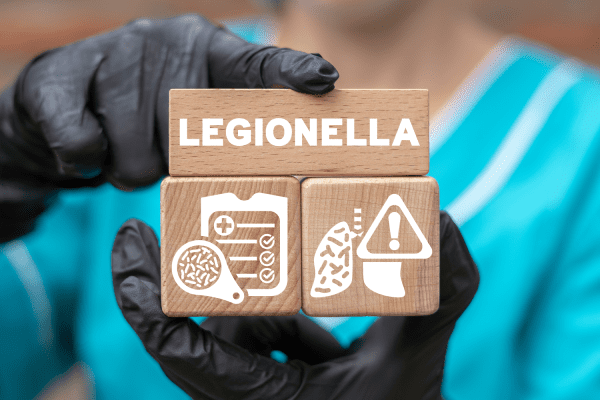
A legionella risk assessment is the fastest way to spot and fix conditions that let this harmful bacterium grow in your water system. When you evaluate each component—potable lines, hot water loops, cooling towers, decorative fountains—you can act early and avoid outbreaks, lawsuits, and costly remediation.
This article is best used alongside its video companion.
Legionella thrives in warm, stagnant water and biofilm. Routine inspections reveal these conditions before contamination spreads. By staying one step ahead, you protect building occupants, safeguard your reputation, and keep budgets in check.
Routine risk assessments happen on a set schedule. They check that water treatment programs, temperature controls, and flushing plans work as intended.
Investigative risk assessments start when Legionella is suspected or confirmed. They dig deeper—using water sampling and data analysis—to trace the source and guide rapid corrective action.
Identify all water system components. Include tanks, heaters, cooling towers, misters, and any piping that stores or moves water.
Evaluate potential risk areas. Look for warm temperatures (77–113 °F / 25–45 °C), low flow, dead legs, and visible scale or biofilm.
Assess existing control measures. Verify disinfectant levels, temperature setpoints, filter maintenance, and monitoring records.
Test when needed. Collect samples for Legionella culture or rapid PCR, especially during investigative assessments.
Document and act. Record findings, assign corrective tasks, and track completion to prove due diligence and compliance.
Regular risk assessments build a culture of prevention. You minimize downtime, reduce liability, and—most importantly—keep everyone who relies on your water safe.
A structured review of water systems to find and fix conditions that allow Legionella to grow.
Most facilities perform them annually, but high-risk sites—like hospitals—often assess every six months.
Elevated Legionella test results, unexplained pneumonia cases, or regulatory inspections.
Sampling is optional for routine reviews but essential when contamination is suspected or confirmed.
Consistent temperature control, secondary disinfection, regular flushing, and documented maintenance.
Adeline Johnston is the Marketing and Communications Specialist at ChemREADY where she leads brand strategy, content development, and customer engagement efforts. With a background in digital marketing and a focus on education, Adeline creates targeted campaigns and multimedia resources that support ChemREADY’s full range of services, including Legionella management, ANSI/AAMI ST108 compliance, boiler and cooling tower treatment, wastewater processing, and industrial water quality solutions. Passionate about making complex topics accessible, she plays a key role in helping clients stay informed, compliant, and confident in their water treatment programs.